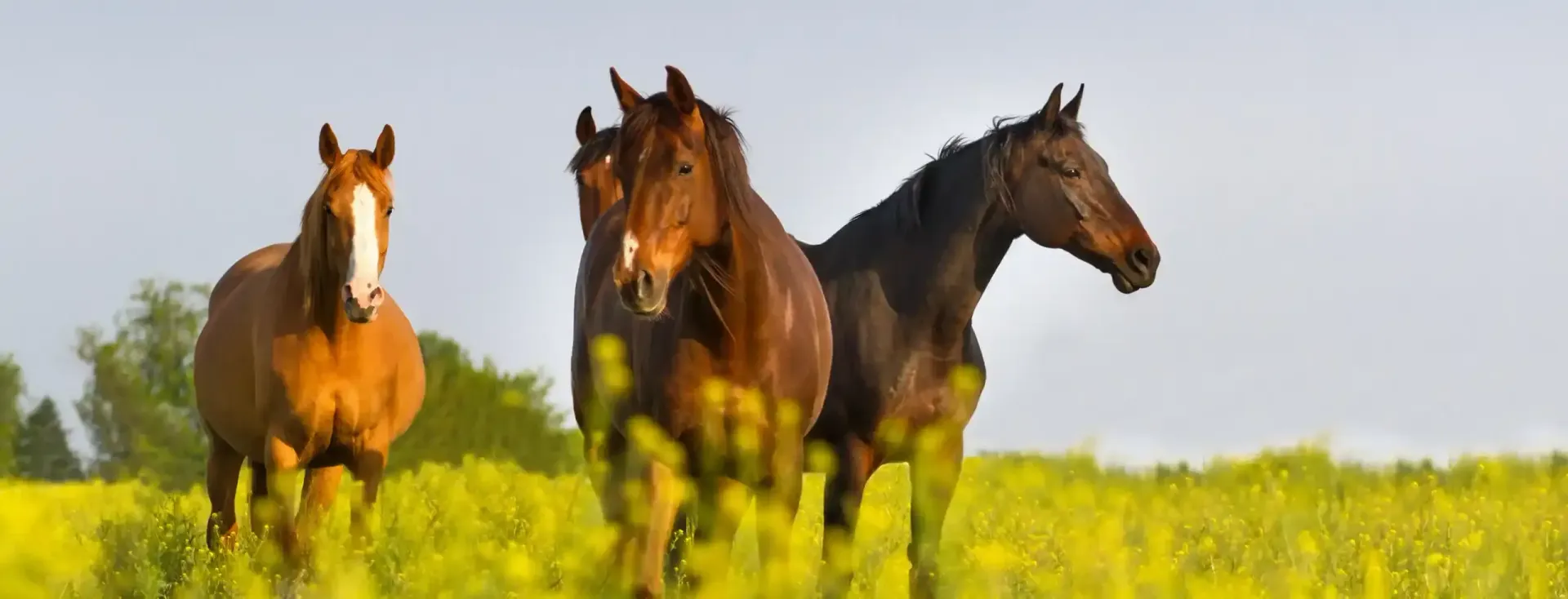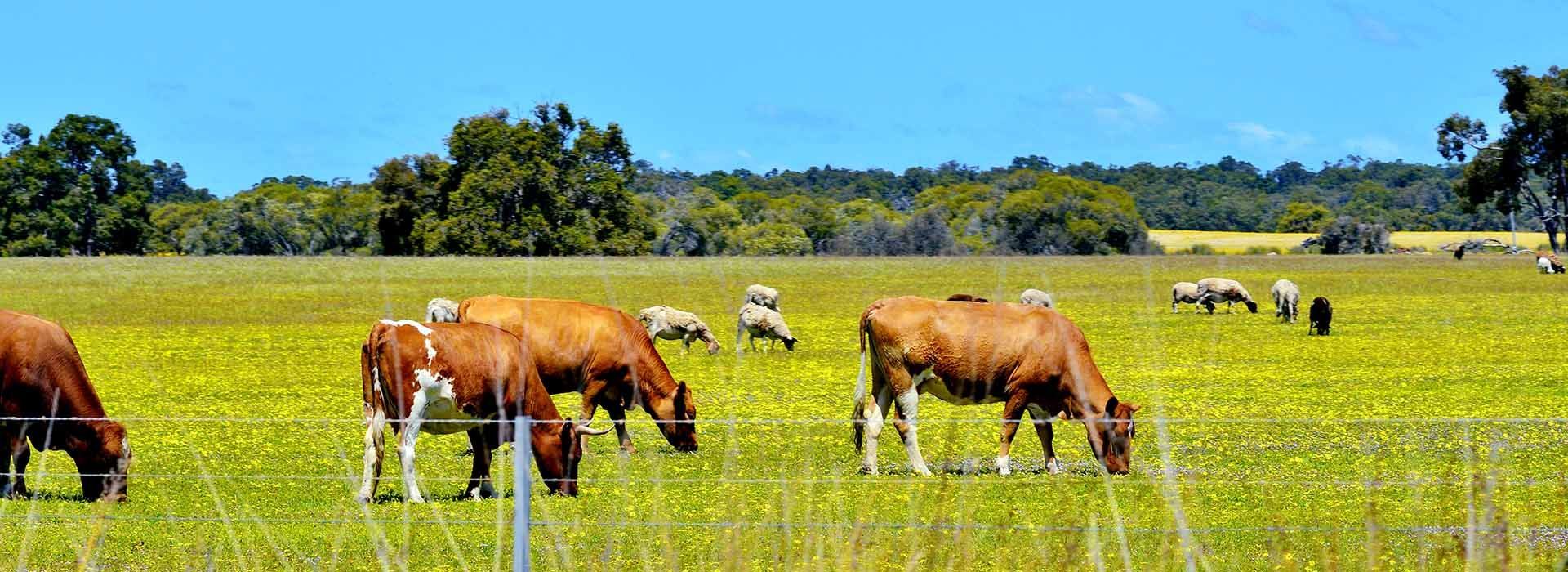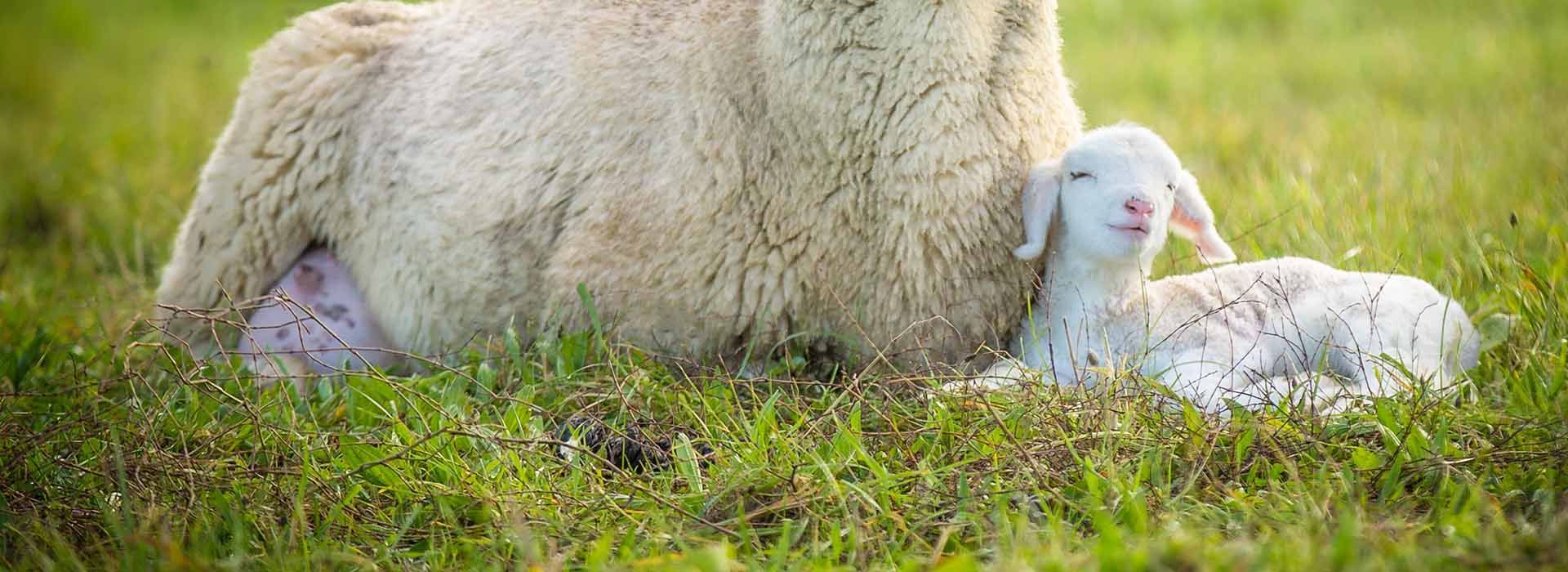harwood grains & stockfeeds
Latest News
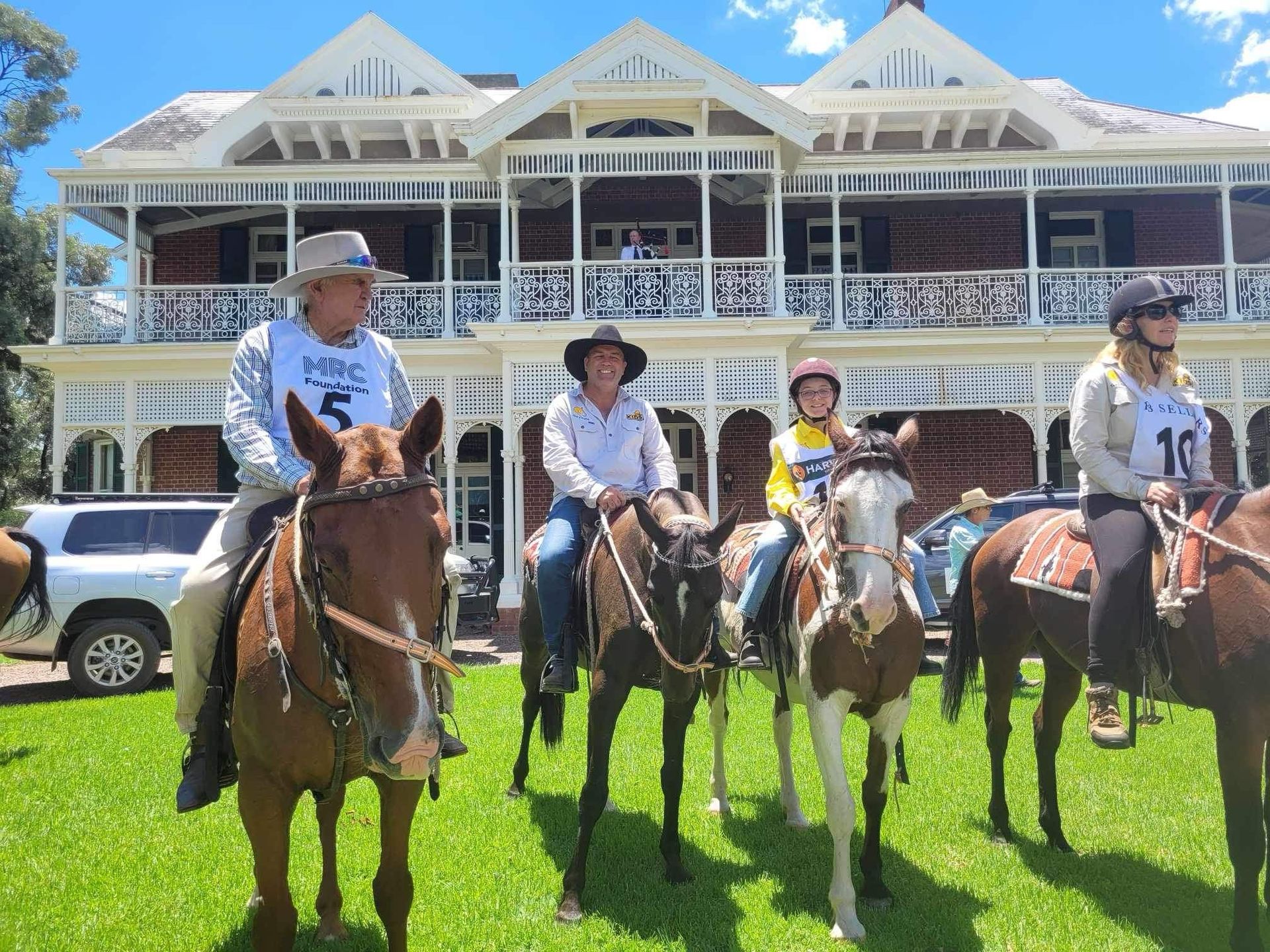
In January 2024, we were a proud major sponsor of the KIDS Foundation Tour d'Horse event. Some details about the event are below as well as some great photos of our involvement. 200km Horse Ride 9:00AM - 4:00PM Thursday 18th - Sunday 28th January 2024 Started at Spicers Guest House Pokolbin and travelling to Tamworth Our Harwood Grains Truck carted all the feed the event Paul Harwood also rode along with the team and giving a hand The KIDS Foundation exists to make a difference in child wellbeing, safety and injury recovery. You can find out more about The KIDS Foundation and the event right here: https://www.kidsfoundation.org.au/events/15/tour-dhorse
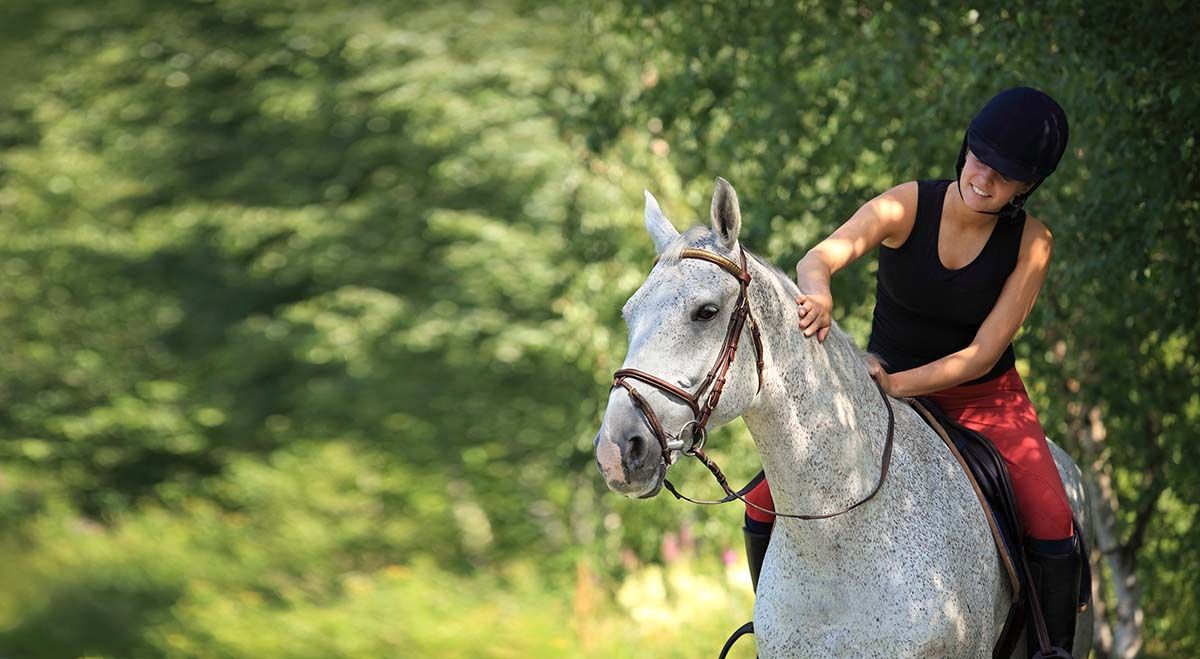
Chaff (chopped hay) is one of the most common feed-additives in the world. For almost 200 years, farmers have been feeding their horses different kinds of Chaff and chopped straw. Being that it is now the 21st century, it is not surprising that equestrians now are questioning if Chaff is still the best option for fibre consumption in horses. Taking into consideration recent developments and research into equine biology and diets, we look at the pros and cons of Chaff, and Chaff alternatives. Chaff/Chopped Hay Typically seen as either a singular, or blended cut of popular hay varieties (lucerne, oaten, wheaten etc.), Chaff is a simple, typically cost-effective choice for adding fibre into horses’ diets. It can be sold as a standalone one-ingredient feed or can sometimes include molasses or oils to aid in palatability. Whilst chaff is the traditional choice for most horse owners, it is not always the best. After the manufacturing process, chaff is no longer a form of long-stem roughage and does not satisfy the horse’s natural drive to graze continuously. As chaff does not promote as much chewing as hay or other chaff-replacement products, it leads to a lack of saliva production within the horse’s mouth. Lack of adequate saliva means the feed is consumed without the horses’ natural gut neutriliser and can easily lead to a rise in gastric ulcers and acidosis. Whilst this can be supported by additional gastric supplements, it is not always cost-efficient and only suits as a ‘band-aid’ solution. Depending on the supplier, Chaff can range from prime quality to quite poor quality. Chaff is fairly easy to store but can often be dusty, especially in the dryer months of the year. Incorrect storage can also often lead to an increase in mould & dust, and it’s unfortunately common to see entire bags of chaff ruined by this. When feeding your horse, ensure that they do not eat more than 2.5kgs per meal (based off a 500kg horse) and try and feed them smaller meals often instead of one larger meal a day. As the horse’s gastrointestinal tract can only manage so much at one time, overfeeding Chaff can often lead to incorrect nutrient digestion. For example, if you feed a horse 1.5-2kgs of a pelleted or muesli type feed, and 2kgs+ of Chaff at the same time, chances are the stomach will digest more of the chaff, and less of the feed. This can often lead to a reduction in the horse’s performance, condition & mood. In this situation, less (chaff) is more. Fermented Hay/Fibre Another option in the chaff-alternatives range, Fermented Hay/Fibre is a good alternative for chaff but is not without its disadvantages. Whilst Fermented Fibre does help heal & prevent gastric ulcers, it is often rejected by horses that have not eaten the feed before, with some horses completely refusing to ingest it due to its potent smell. Due to this, it is not uncommon to see bags of this feed wasted, thrown out or sold on due to its taste/smell. Despite being a dust-free alternative to chaff due to its moisture content, fermented fibre is often a sensitive feed, with weather changes and incorrect storage often impacting its longevity, which is only 10 or so days regardless. Unfortunately, this feed does not do well in climates that are typically over 30-35 degrees Celsius, and its moisture content makes it more prone to mould spores appearing. Storing this type of feed can often be an inconvenience for larger scale stables, as it is suggested that the feed remain in its bag, with a towel or non-airtight container being the recommended covering. As it cannot be stored in an air-tight container, it is often an attractive pursuit for rodents. HGS Chaff Fibre Cubes Another new alternative to chaff, Chaff Cubes or Chaff Pellets are a simplified, efficient way of delivering fibre to your horse. Chaff cubes typically share a near-identical crude fibre content to normal chaff, but due to the pelleting process, can also be manufactured with additional supplements to help improve the nutritional value of the feed. Chaff cubes are low-dust, easy to store and are heavier and denser than chaff, which encourages the horse to chew longer and helps produce the saliva needed to neutralize excessive stomach acid. Chaff cubes are also free from fermentation, which allows them a longer shelf life, and a much lower risk of mould. HGS Chaff Fibre Cubes have been formulated with all of the above in mind. Easy to digest, highly palatable and containing a unique blend of vitamins and minerals, HGS Chaff Fibre Cubes are the ultimate choice for adding additional fibre to your horse’s diet. This supplemental fibre source can be fed wet or dry and is a great choice for older horses that may struggle chewing hay. Due to the pelleting process, these cubes are very low in dust, have a longer shelf life than other fibre alternatives, and are easy to store as well as being a cost-efficient alternative to chaff. HGS Chaff Fibre Cubes contain Bentonite which acts as a buffer, coating the gut in a gel which helps slow the digestive process and reduce the risk of acidosis/gastric ulcers. These cubes also contain Molofos, which helps stimulate appetite and provides an additional source of vitamins, minerals, and energy for your horse. As this fibre source is pelletised, it can be stored just like any other feed, but is of greater density than general chaff. This should be taken into consideration when adding to your ration.
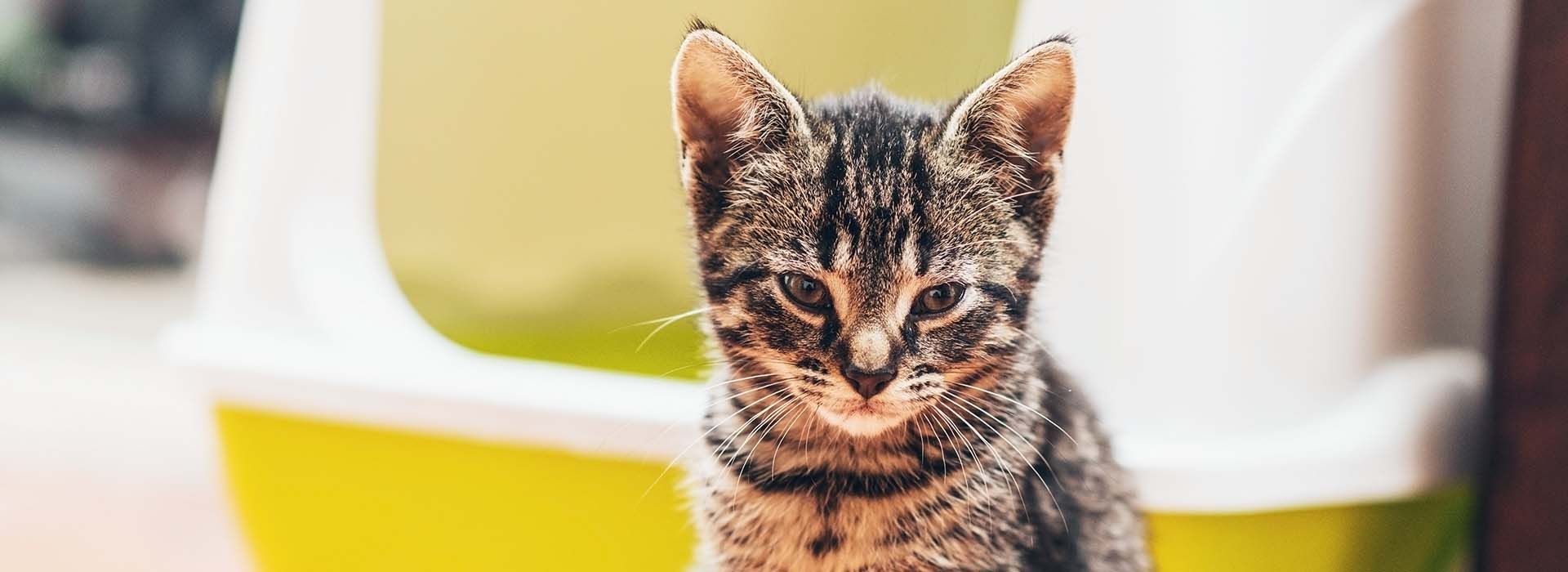
Made entirely from natural oat hulls, HGS Kitty Litter provides an eco-friendly and kitten safe option for all cat lovers. Suitable for cats or kittens with allergies, asthma and respiratory issues, this litter is 100% chemical free, unscented, and biodegradable, meaning it can be safely applied to your garden after use.
KEEP IN TOUCH
Sign up and stay up-to-date about what's happening. We won't spam you - we'll just provide interesting and helpful tips and advice on the best feed for your animals :)


